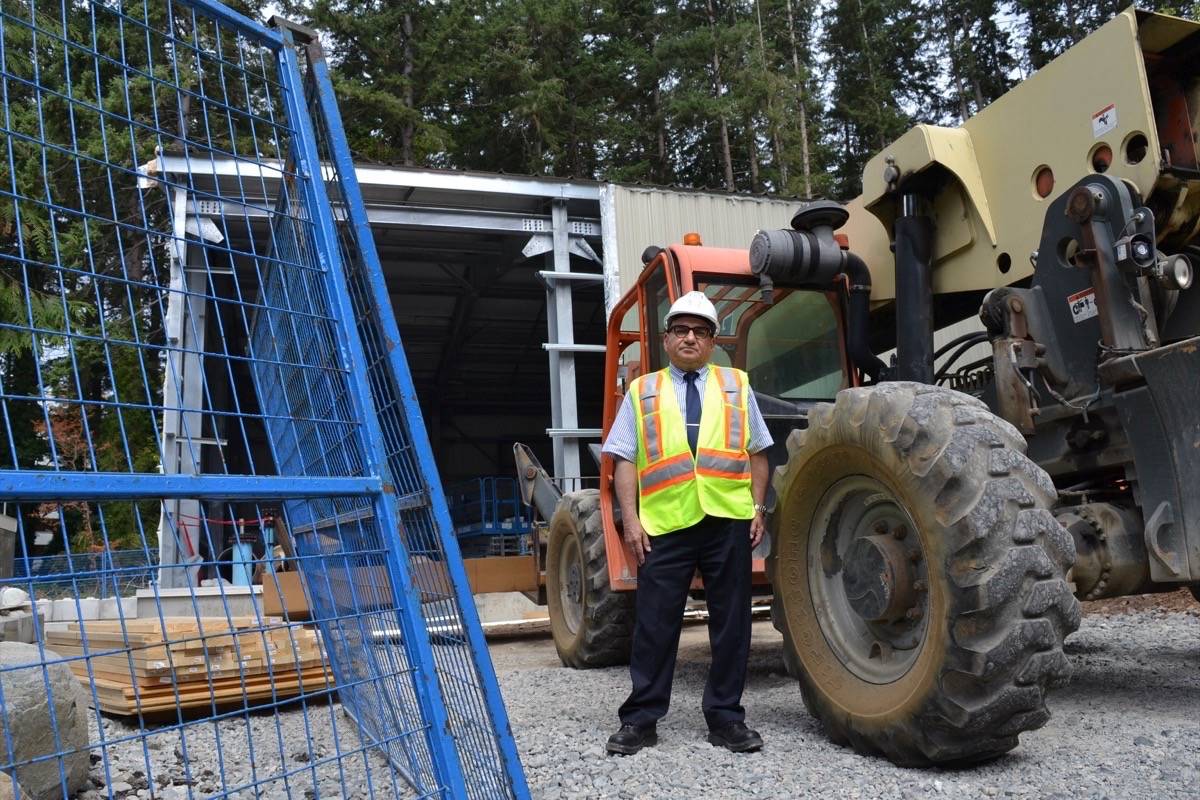White Rock deputy mayor Scott Kristjanson said Monday night he was only seeking an update to an existing business case regarding White Rock’s water supply – not a brand new one.
Kristjanson caused some alarm among council members with his wording of a motion to “direct staff to prepare a business case to determine if White Rock should continue to use their current water supply or receive water from Metro Vancouver by joining the Greater Vancouver Water District.”
READ MORE: White Rock explores case for buying water utility
While Kristjanson said his intent was simply to ask for a revisit of the original business case prepared by staff in 2013 – “now that the new (arsenic and manganese) treatment plant is coming on line” – Couns. David Chesney and Helen Fathers pressed for further clarification on the wording.
“You’re asking for an update, rather than going back to square one and starting over?” Chesney asked.
After Kristjanson confirmed that was his intent, council ultimately approved the motion – provided it included the word “update” and a focus on water quality.
During discussion, chief administrative officer Dan Bottrill told council he took the motion as direction to look at current city water quality in comparison with what would be received by residents if White Rock joined Metro Vancouver’s system.
“I don’t think there’s a lot of value in updating the numbers originally provided (in the business case),” he said, adding he felt it was immaterial whether an original estimate of $12.1 million for White Rock to connect to Metro Vancouver’s system had risen to $15 million in the intervening six years.
Bottrill said he stood by the validity of the 2013 business case – attached to the motion in Monday’s agenda, and also available to the public though the city’s website.
Following the meeting, Kristjanson said he was “delighted” that Bottrill had suggested the update include a comparison of water quality between White Rock and Metro Vancouver.
“We made an election promise to the citizens of White Rock that they would receive clean, safe drinking water,” he said, adding that the city will likely schedule a formal opening of the city’s new water treatment plant, completed at the end of last month, in May.
The 2013 business case, which formed the basis for White Rock’s decision to purchase the city’s water utility from Edmonton-based Epcor, was the subject of much controversy during the last council term, as members of the public – through Freedom of Information requests – sought to have the city release details of the discussion and rationale for the purchase.
The city acquired the utility in October of 2015, but details of the purchase – including the final price of $13.4 million – were only made public two years later.
READ MORE: White Rock paying $13.4 million for water utility
Critics of the safety of White Rock drinking water – first compromised by a contamination issue in 2010 during Epcor’s ownership, and subsequently subject to a Fraser Health edict of ongoing disinfection – have long argued that connecting to Metro Vancouver would be a simple, cost-effective solution.
But former mayor Wayne Baldwin, members of the last council and staff had all insisted that connecting to Metro Vancouver water would be much more complicated and costly for the city than proponents have suggested.
Purchasing the utility, they argued, allowed the city to apply for federal and provincial grants – unavailable to Epcor – which paid the majority of $14.6 million spent on the treatment facility, designed to reduce arsenic and manganese deposits in the water to well below Health Canada’s mandated safety and esthetic levels.
Chlorination of city water, in combination with aging pipes, had led to complaints of discoloured water and higher-than-usual concentrations of naturally-occurring arsenic and managanese in city water prior to the building of the new treatment plant.

